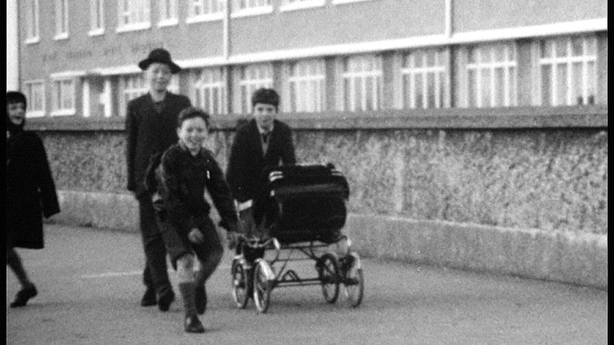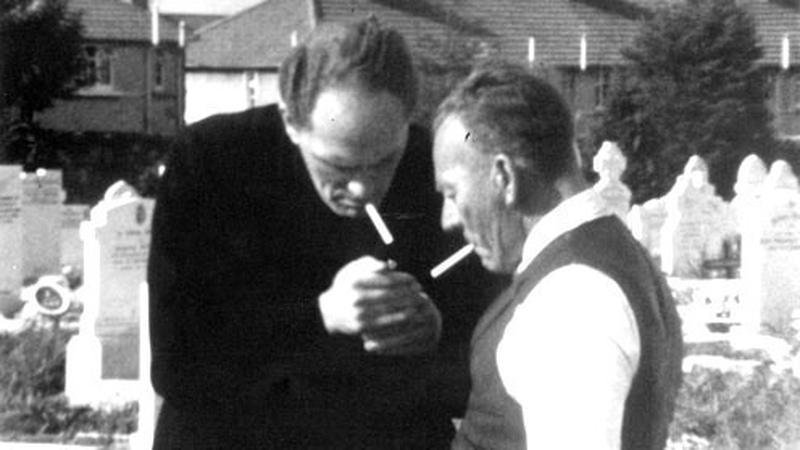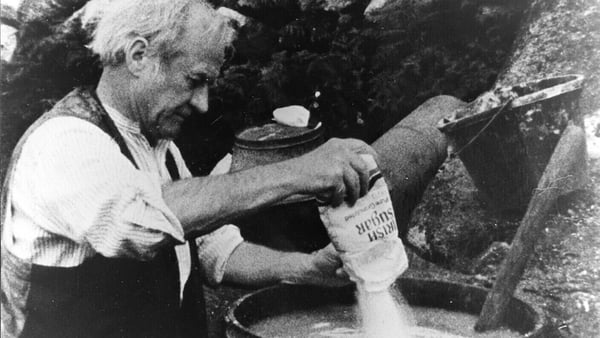Filmmaker Paul Duane celebrates his favourite Irish cult movie classics...
ROCKY ROAD TO DUBLIN (Dir: Peter Lennon, '67)
What is it? The ground zero of independent Irish cinema, a documentary feature made by an Irish writer who had never made a film before, but who lived in Paris and knew all the French New Wave luminaries, who taught him that all you need to make a film is a burning passion to communicate, a good cameraman and a wad of cash.
Why is it important? Rocky Road is still a searing indictment of Ireland’s willing subjugation to the Catholic Church, an important social document, and a stunning monochromatic snapshot of Dublin in the 1960s.
How did it get made? Peter told financier Victor Herbert that he had secured legendary New Wave cinematographer Raoul Coutard to shoot his film (he hadn’t). He tracked down Coutard, who agreed to make the film but only if they started shooting immediately. Despite never having made a film in his life, Peter agreed. They did a five-day shoot in Dublin two weeks later, then Coutard went off to make a movie with Francois Truffaut.

How did it go down? An audience member at the Late Late Show accused the film of being funded by Communism. Newspaper reaction in Ireland to the film was savage, with the notable exception of Fergus Linehan of the Irish Times, who repeatedly defended it. The Irish film censor told the filmmaker he regrettably could not ban his film because, as Lennon laster recounted, "Since there is no sex in the film, Peter, there is nothing I can do against you."
What should have happened? The international success of Rocky Road – the first Irish film to screen at the Cannes Film Festival, adopted by the 1968 revolutionaries as a textbook of how not to behave when your revolution succeeds (don’t do what the Irish did) – could have sparked a cinematic New Wave in Ireland to match the one in France.
What happened instead? The film had a successful cinema run in Dublin and was then forgotten for forty years, until the Irish Film Archive undertook a successful restoration and re-issue in 2004. I directed a short documentary about the making-of, not a particularly good documentary, I think, but it works best as a tribute to Peter, who died in 2011 (watch a short excerpt below).
We need your consent to load this YouTube contentWe use YouTube to manage extra content that can set cookies on your device and collect data about your activity. Please review their details and accept them to load the content.Manage Preferences
Where can it be seen? The film is streaming on Mubi, and can be rented for home viewing via IFI@Home.
Images courtesy of the Irish Film Archive. Enjoy more Irish Cult Movie Classics here.

